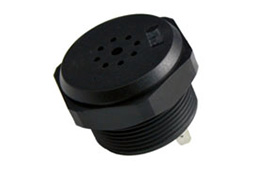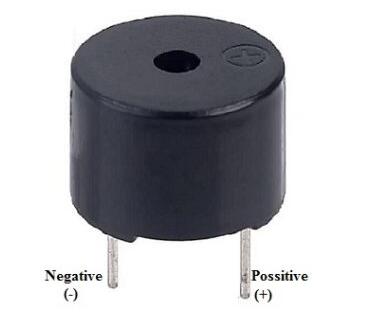How to Choose a Buzzer?
While choosing a buzzer or speaker, many
principles need to consider like the following.
> Size of the product
> Consumption of Current
> Type of terminal
> Frequency Voltage
> Volume
> Type
> AC/DC Voltage
> The tone is Continuous/Pulsed
> Fixing – Pins, Leads/Surface Mount
> Output of Sound
> Feedback Option
> Piezo Elements
Advantages
The advantages of a buzzer working include the following.
> Simply Compatible
> Frequency Response is Good
> Size is small
> Energy Consumption is less
> The Range of Voltage usage is Large
> Sound Pressure is high
Disadvantages
The disadvantages of the buzzer include the following.
> Controlling is a little hard
> Generates Annoying Sound
> Training is necessary to know how to repair the condition without just turning
off.
Applications
The applications of the buzzer include the following.
> Communication Devices
> Electronics used in Automobiles
> Alarm Circuits
> Portable Devices
> Security Systems
> Timers
> Household Appliances
> Electronic Metronomes
> Sporting Events
> Annunciator Panels
> Game Shows
Thus, this is all about an overview of a buzzer
data sheet that includes its working principle, pin
configuration, specifications, circuit, advantages, disadvantages & its applications. It is an
electromechanical, electromagnetic, mechanical, piezoelectric, electro-acoustic audio signaling device. This
buzzer works through an audio signal source or oscillating circuit.
A ring or beep or click indicates that a switch has
been pushed.Here is a question for you,
Buzzer is audio
signal that can generate sound













